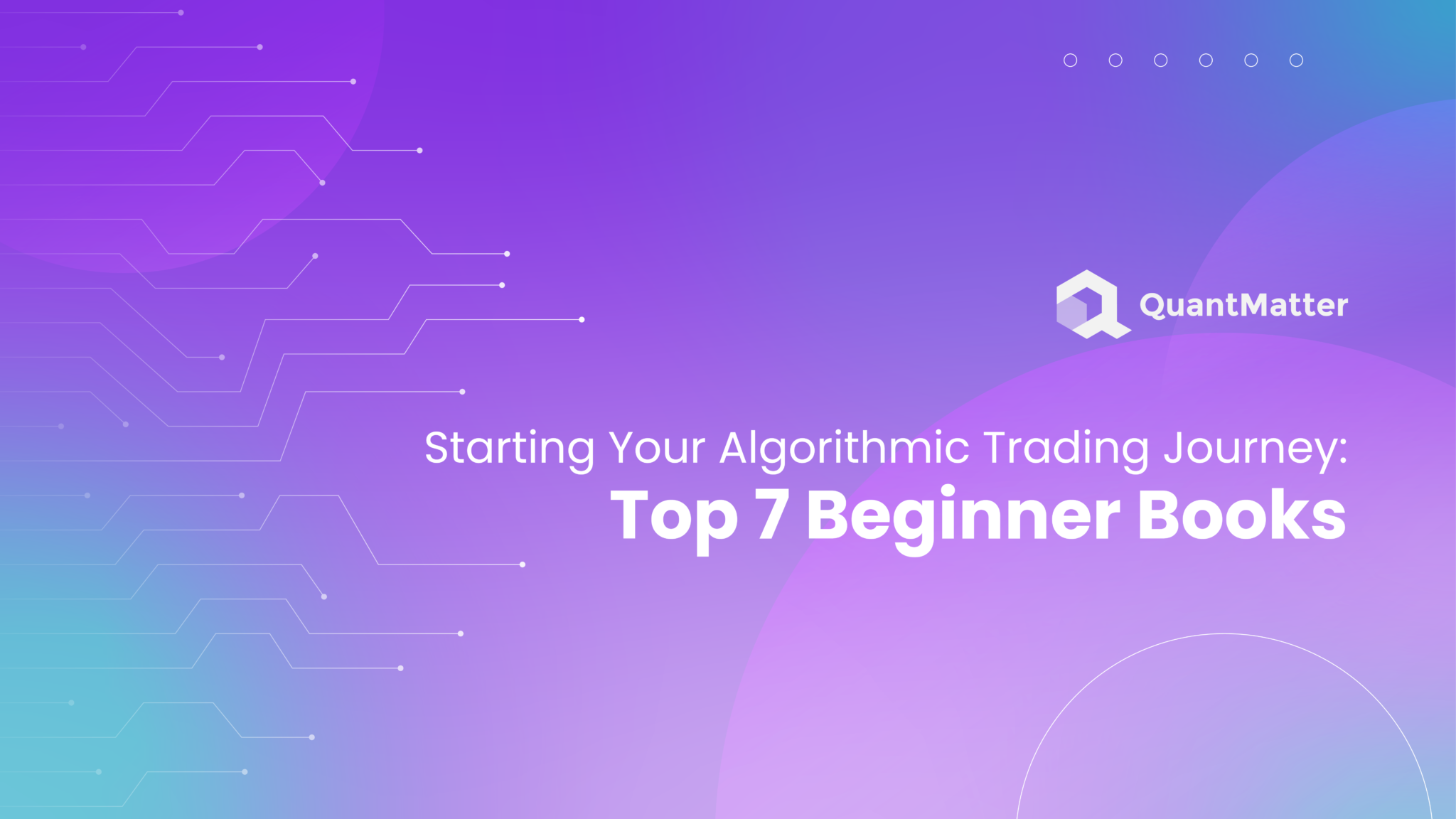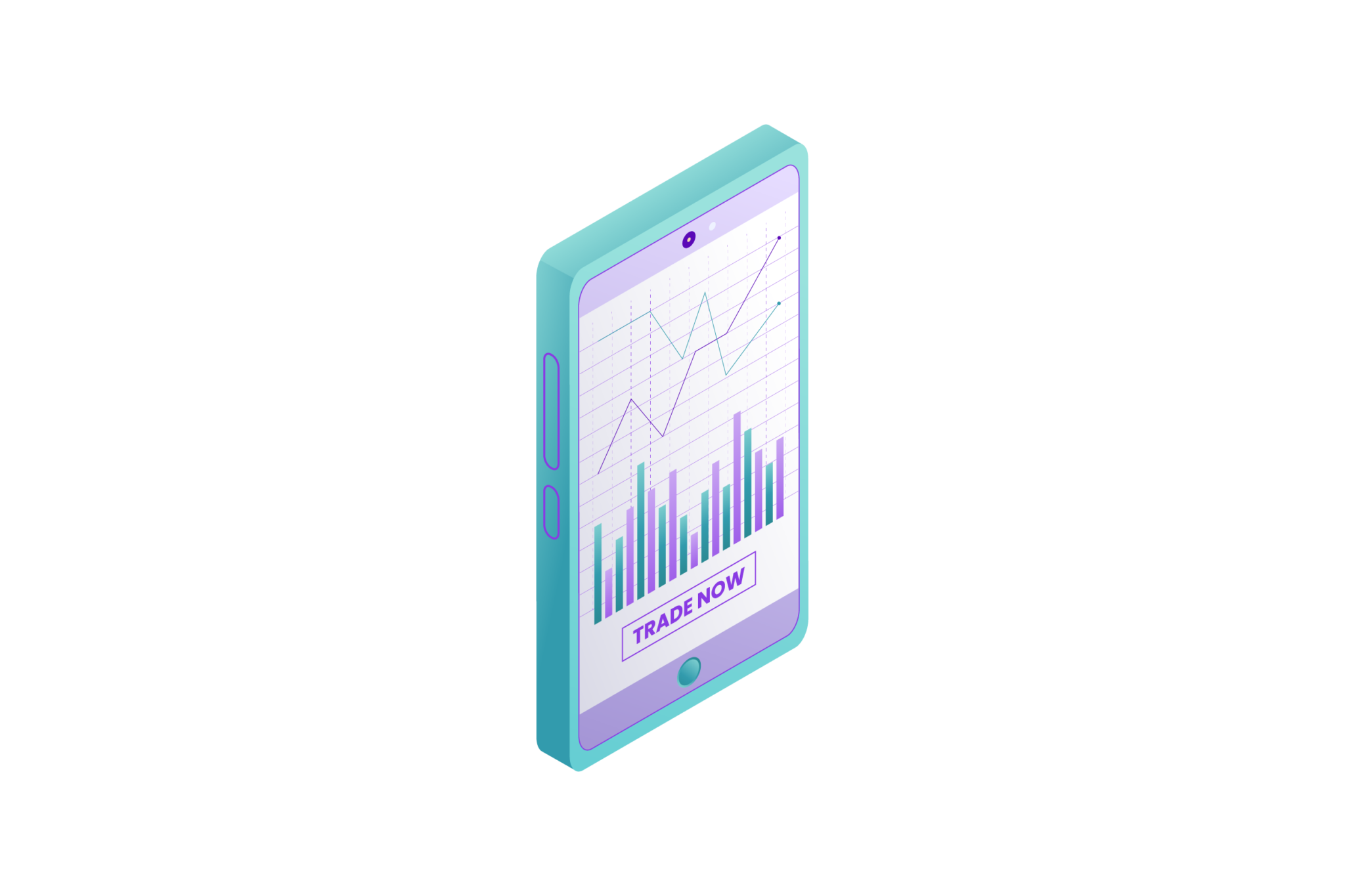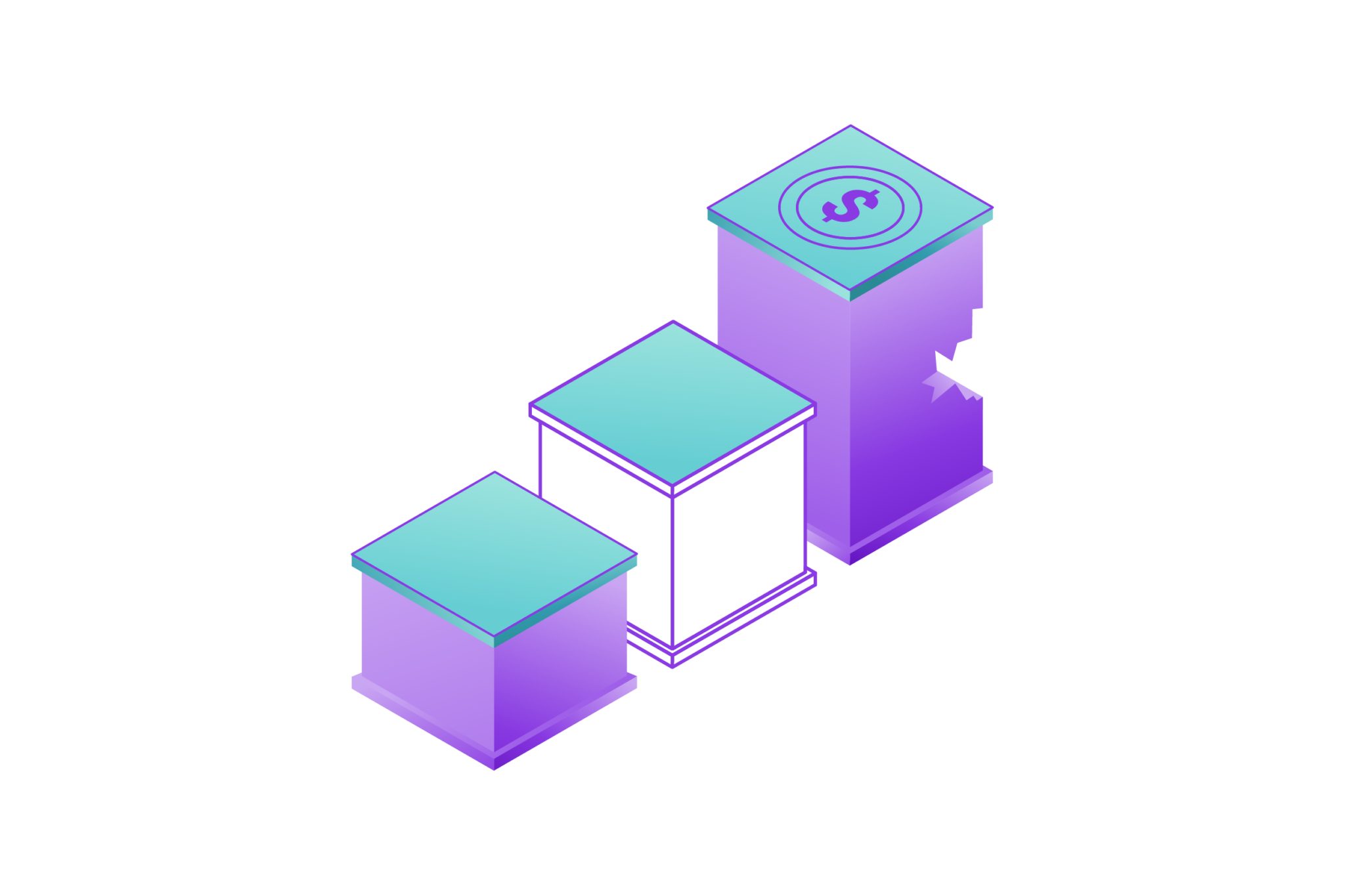
Rapid technology enables traders to utilize sophisticated mathematical models as well as auto-trading schemes for split seconds fast decisions in the world’s financial markets. For a novice looking forward to entering algorithmic trading, the first and foremost thing they need to do is gain knowledge. Fortunately, we’ve got you covered.
This is an article chosen from a lot of beginner books on algorithmic trading. These are critical books that become guides for people who want to start their journey with algorithmic trading. These books are essential reading for anyone who is either a beginner trader learning the basics or a budding quant exploring algorithmic strategies.
However, algorithmic trading is more than just algorithms for trading; it involves comprehending the way markets operate, mitigating risks, and using advanced technology. Therefore, let’s see these books that might serve as a compass for you in the fascinating universe of algorithmic trading, assisting you in the complexities of this dynamic field.
Understanding Algorithmic Trading

Algorithmic trading has its basis in making sure that emotion is not involved in the decision to trade. Unlike the rest, who are influenced by shifting market sentiments among themselves and their gut feelings, algorithmic traders make decisions based on analytical and statistical figures instead of market sentiment, as well as using preset rules. These algorithms, sometimes complex and well calculated, respond to the live market condition with high speed and precision. For example, they react within fractions of a second and are often able to do things human traders would never dare to try.
Technology plays a central role in the attraction of algorithmic trading, which can be traced right down to its ability to analyze statistical data. Traders are endowed with the ability to undertake more intelligent and accurate trading decision-making within a more complex financial environment. With increased complexity and speed, algorithmic trading provides an excellent tool for market navigation by using a systemic approach based on quantitative data.
The significance of starting with the proper understanding for enthusiasts who are willing to get into the exciting world of algorithmic trading cannot be under-estimated. In search of knowledge and enlightenment, we provide our help. There are some recommended beginner books on algorithmic trading that may guide new entrants into the field. These books are very important, offering you a strong footing with which to commence your quest into algorithmic trading.
The books provide practical tips that are crucial for survival in an algorithmic trading world where data is increasingly shaping financial affairs. These are the points that act as a compass, showing the way of data analysis in order to make informed decisions for successful algorithmic trading.
In this regard, algorithmic trading, a highly advanced trading strategy, has dominated the most striking transformation witnessed in the past few years, creating excitement among traders and other investors around the globe. The increased popularity is an outcome of its transformative characteristics within the financial markets. Put simply, algorithmic trading involves the use of software to follow a predefined list or sequence of trading rules. The process contains a myriad of duties ranging from the making, amending and abrogation of trades. In essence, algorithmic trading refers to a sophisticated and automated system of precision. Having more knowledge before actually jumping will be a great idea. We can know more about the strategies and the risks.
Risks Associated with Algorithmic Trading

Data-driven trading is a thriving niche in the high-octane world of algorithmic trading, where every fraction of a second counts. Nonetheless, just like every other tool, algorithmic trading has risks and challenges that necessitate adequate handling.
– Execution Risks
Algorithmic trading’s backbone is the execution of predefined trading strategies that cannot compare to anything else in terms of speed. Nevertheless, it is worth mentioning that this speed can cut both ways. However, algorithms do not always work in the manner that they were meant to, and many things could come together at once to disrupt even good planning processes. There are technical bugs in the trading system and the algorithms that could lead to unintentional results.
Inaccuracies in market data feeds, such as data errors, can mislead algorithms and lead to losses. In addition, the unpredictable nature of financial markets makes for sudden price actions and thus deviations from the predetermined trade plan. Therefore, it is important to have adequate risk management and contingency plans to provide mitigation means for the identified execution risks.
– Market Risks
Marketplace turbulence sometimes comes as a result of the amplification potential generated by algorithmic trading. The flash crash is the risk that will always remain. This may arise due to a variety of reasons, such as mistaken trade or even certain geo-political instances. Such a situation may be worsened by algorithmic trading systems due to their quick response to the market.
This means that though algorithms may exploit market imperfections, they may also unknowingly create instances of market turmoil. Traders should put in place circuit breakers and other safety mechanisms within their algorithms so that they can withstand and cope with the changing circumstances of the markets.
Also Read: How Market Making Algorithms Works? The Future Of Crypto
– Regulatory Risks
Algorithmic trading around the world operates within a complicated regulatory matrix. The different set of rules for trading across jurisdictions makes it necessary to navigate through various nuances.
Defying such regulations exposes any trader or brokerage firm to legal repercussions like levies and limitations on trading services. Algorithmic traders must fully understand the applicable regulatory frameworks as well as put in place appropriate compliance mechanisms to ensure their strategies do not breach any legal constraints.
– Over-Optimization
In most cases, algorithmic traders optimize their trading strategies by using historical data. Nonetheless, traders should avoid over-optimization of their algorithms because they may perform poorly in live markets.
An algorithm gets too optimized for past data in order to be less sensitive to new market circumstances, and this phenomenon is known as over-optimization. It might perform very well for the purpose of back-testing, but fail when it comes to the complex and unpredictable real world trading. Balancing optimization with adaptable strategies remains a big challenge for algorithmic traders, day in and day out.
Top 7 Beginner Books for Algorithmic Trading

The seven books collectively present an integrated and multi-pronged approach towards algorithmic trading education that covers all types of learner’s and varying stages of expertise. For those who are starting to understand some algorithmic trading, as well as for more advanced individuals seeking in-depth technical information or the fundamentals of it all, these books provide necessary guidance. What are those?
1. “Algorithmic Trading: Winning Strategies and Their Rationale” by Ernie Chan
Represents one of the giant monuments within the algorithmic trading domain. The book is often seen as a necessary read for beginners. Dr. Ernie Chan is an experienced expert, and he offers great knowledge about various algorithmic trade strategies. This book differentiates itself by its frank focus not only on what but, more importantly, on why. Chan explains the reasons for successful strategies, which enables a reader’s perception of how these algorithms operate. It’s also not necessarily just about following a set of recipes; it’s also about knowing the ingredients.
Besides strategies, this book also goes beyond strategies. Risk management is one core element that constitutes successful trading. The pragmatic lessons serve as a compass for newbies in the convoluted landscape of algorithmic trading. This book has a good balance of theory and practical application, making it a great entry point for those new to such a dynamic area.
2. “Quantitative Trading” by Ernest P. Chan
In this piece, Chan provides a mine of insights for those who wish to understand mathematically driven trading practices. This book concentrates more on the backtesting art. The most important element in trading using algorithms is backtesting, which implies retrospective testing of a strategy for its success using available data.
Using a masterful approach, Chan leads the viewers through this process, demonstrating how one has to construct a strategy that can stand against the changes brought by the changing markets.
3. “Introduction to Algorithmic Trading Strategies” by Pieter J. Windhorst
Windhorst is also worth reading because it presents brief information in a comprehensible form. It is a starting point for beginner programmers and those who may have little knowledge about it. This is what makes the book easy to follow, since it makes every difficult concept understandable.
Windhorst explains the basic terms and algorithms that are essential for every beginner trader. The book extends its limits by providing codes in Python, a broadly used computer program. This book enables beginners in algorithmic trading by providing theoretical knowledge as well as the practical applications accompanying it.
Also Read: Market Making: Strategies and Techniques
4. “Algorithmic Trading and DMA: An Introduction to Direct Access Trading Strategies” by Barry Johnson
This book uses an introduction to direct access trading strategies, which discusses in depth the algorithms underpinning automated direct access (ADA). This book serves as a handbook for anyone who wants to understand how algorithms work in order to make algorithmic trading systems.
Johnson discusses the central elements comprising algorithmic trading processes, including direct market access. This is an important book for anyone seeking to understand ‘how’ and ‘why’, technically speaking, people trade with algorithms. They bring insights into how the system facilitates trading by algorithm in general.
5. “Algorithmic Trading: A Comprehensive Beginner’s Guide to Learn Algorithmic Trading” by Eric Bonner
It exactly lives up to its name—this book is a complete beginner’s guide. “In Algorithmic Trading” is a user friendly book that guides someone through the fundamentals.
It covers core principles, trade algorithms, technical analysis, and the basic aspects of risk management, which makes it an ideal learning material for beginners. With this, Bonner’s book is a strong starting point for uprising algorithmic traders, providing an accessible introductory look into this line of business.
6. “Trading Evolved: Anyone can Build Killer Trading Strategies in Python” by Andreas F. Clenow
This book is a useful platform for interconnecting the mathematical theory of algorithmic trading with its implementation into real practices by means of Python. Clenow takes readers through the stages of developing a tradeable strategy and testing it.
The reason why Python is popular in algorithm trading is because it is flexible as a programming language and has many libraries for data analytics and strategy creation. If you are on the threshold of becoming an algorithmic trader and want to apply Python on your behalf, this is a very helpful and practical book for you.
7. “Algorithmic Trading: The Play-at-Home Version” by Stuart Reid
Algorithm trading is an interesting approach. The book, however, has a different approach, as it is quite humorous but informative at the same time on the topic of algorithmic trading. The primary aim of this article is to provide a starting guide to trading using algorithms.
It is not intended to bog down technical terms. Written in easy-to-read language, Reid’s book opens a door for newcomers to enjoy exploring this fascinating realm of high-frequency algorithmic trading.
Conclusion
One of the most potent ways of making financial market deals is called algorithmic trading, which is based on technological assistance, data research, and automated decision-making. Though it comes with its own risks, an algorithmic trader must be knowledgeable about the market and the technologies they use. Algorithmic trading is becoming more sophisticated by the day, hence the need for traders to remain aware of what’s happening and to keep changing their techniques so as to remain relevant in the marketplace.
Kindly note that in such a case, the books represent an excellent beginning; however, algorithmic trading remains quite complicated. Your learning should also be coupled with practical experience, since theory alone may not suffice. Furthermore, one must remain knowledgeable about new trends in algorithmic trading, which constantly changes and develops in a fast fashion.
Therefore, when selecting these books, choose the one that serves your objectives and interests. You may also be advised to read other advanced books as you develop proficiency at the initial stage.
Disclaimer: The information provided by Quant Matter in this article is intended for general informational purposes and does not reflect the company’s opinion. It is not intended as investment advice or a recommendation. Readers are strongly advised to conduct their own thorough research and consult with a qualified financial advisor before making any financial decisions.

I craft stories that make complex ideas clear. I simplify the blend of data science, machine learning, and crypto trading, showcasing how advanced tech and quantitative models analyze data for informed trading choices. Join me in exploring the realm of quantitative trading, where my narratives make intricate concepts easy to grasp.
- Alifia Berizkyhttps://quantmatter.com/author/alifia-berizky/
- Alifia Berizkyhttps://quantmatter.com/author/alifia-berizky/
- Alifia Berizkyhttps://quantmatter.com/author/alifia-berizky/
- Alifia Berizkyhttps://quantmatter.com/author/alifia-berizky/
